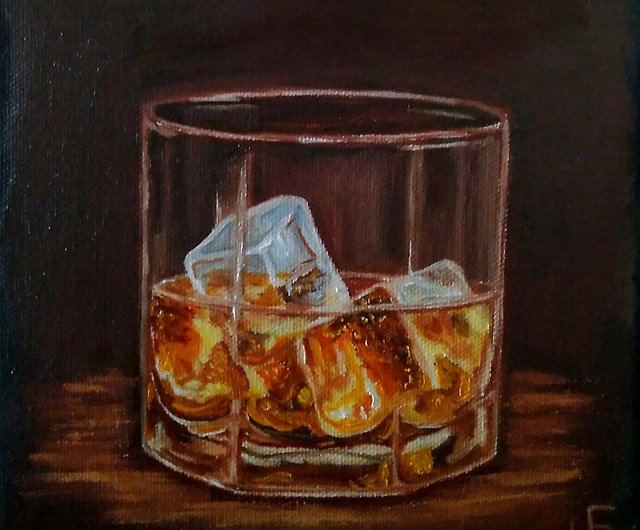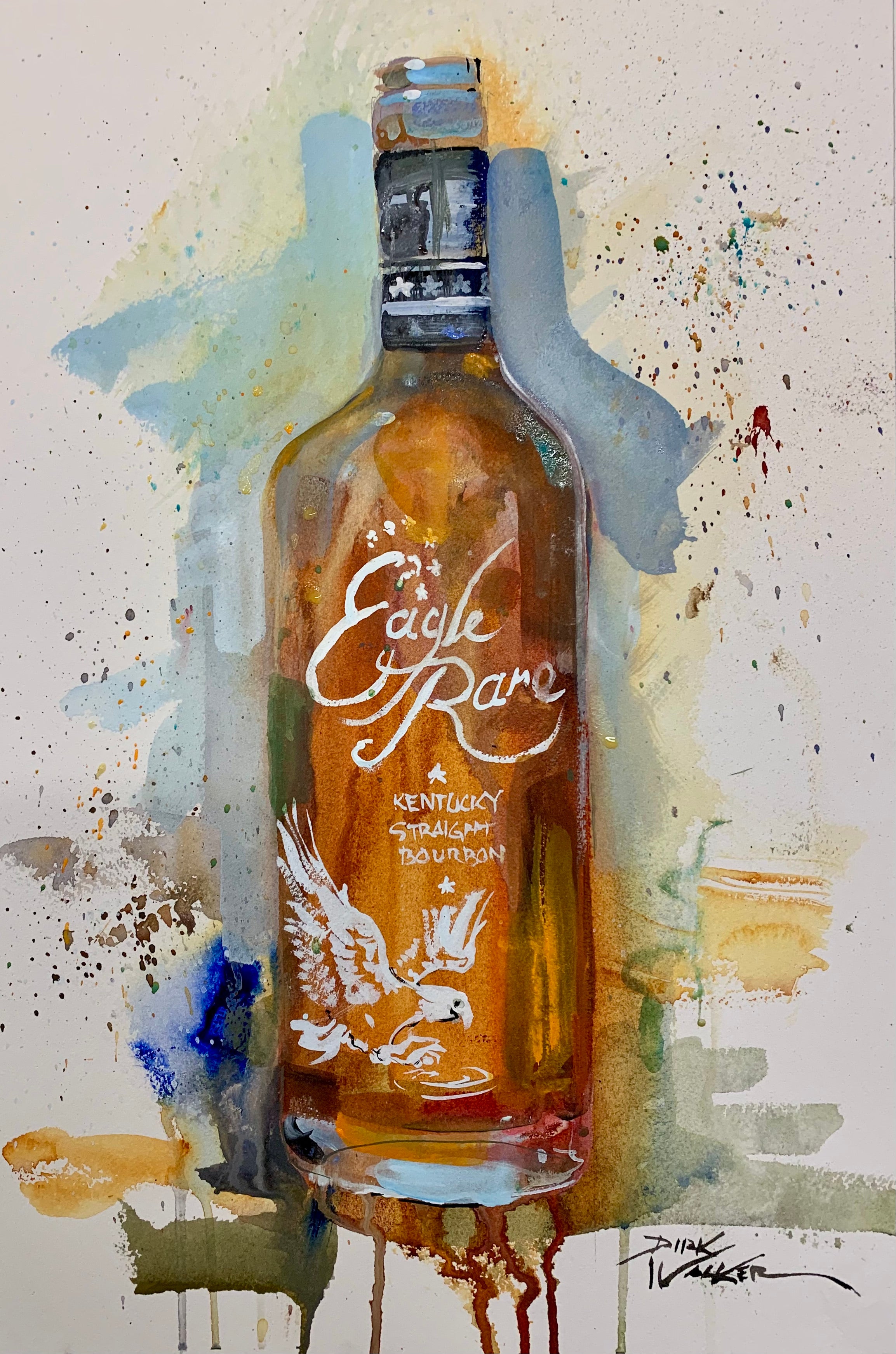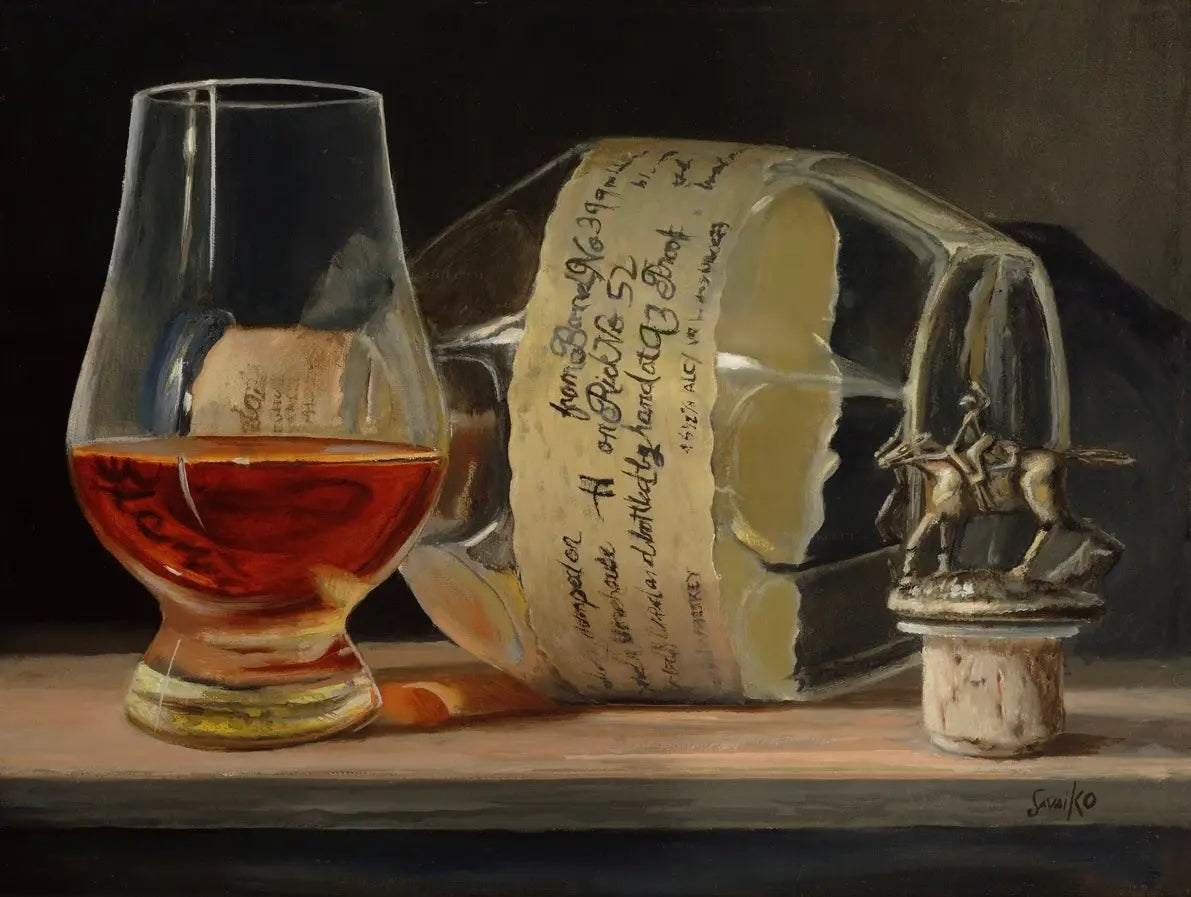Unveiling the Appeal of Bourbon Art: A Tribute to Craft Distillers
Unveiling the Appeal of Bourbon Art: A Tribute to Craft Distillers
Blog Article
The Significance of Whiskey Art in Celebrating Heritage and Craftsmanship in the Beverage Industry
The detailed relationship between bourbon art and the party of heritage and workmanship within the beverage market can not be overstated. Via attentively created bottles and tags, bourbon brand names encapsulate their historical roots and the artisanal abilities that define their manufacturing techniques.
The Historical Roots of Whiskey
At the heart of whiskey's allure lies an abundant tapestry of historic roots that map back to old people. The origins of scotch can be linked to the purification practices of the Sumerians and Babylonians around 2000 BCE, where very early types of fermented grain beverages began to arise. It was in the Middle Ages that the art of purification progressed dramatically, specifically in Ireland and Scotland, leading to the creation of scotch as we understand it today.
The term "scotch" itself acquires from the Gaelic word "uisce beatha," implying "water of life." This phrase highlights the social significance of whiskey in Celtic societies, where it was commonly connected with routines, events, and common bonding. By the 15th century, purification ended up being an identified craft within reclusive areas, leading the way for the establishment of lawful distilleries.
As trade routes expanded, whiskey's popularity grew, transcending local limits and recording the interest of aficionados worldwide. Bourbon Art. This historical trip reflects not just the workmanship behind scotch manufacturing but also its integral function in social and social contexts, marking it as a substantial beverage throughout history
Artistic Expression in Branding
Scotch branding stands as an engaging intersection of virtuosity and business, where visual identity plays a crucial duty fit customer assumption. The visual appeals of bourbon labels, packaging, and advertising products reflect not only the brand's tale yet also its core worths and heritage. With artistic expression, distilleries share a narrative that reverberates with customers, evoking emotions and stimulating connections.
The usage of shade, typography, and imagery in branding offers to distinguish items in a saturated market. Traditional concepts might stimulate a feeling of authenticity and craftsmanship, while contemporary designs can represent technology and forward-thinking. This critical creative direction enhances brand name acknowledgment and loyalty, allowing consumers to create an individual partnership with the scotch they pick.
Furthermore, creative expression in branding often serves as a celebration of local heritage. Distilleries often incorporate regional signs or historic referrals into their styles, creating a local color that invites consumers to take part in a wider cultural experience. Eventually, the virtuosity behind scotch branding not only boosts aesthetic appeal but likewise improves the general story of the brand, promoting a deeper appreciation for the workmanship and heritage ingrained in each container.
Craftsmanship in Bottle Design
The virtuosity noticeable in whiskey branding extends past visual identity to include the craftsmanship associated with bottle design. Each container works as a vessel not simply for the spirit within, but likewise for the story it outlines its custom, top quality, and beginning. The style process calls for thorough focus to information, as components such as shape, material, and closure contribute dramatically to the general understanding of the scotch.
Workmanship in bottle layout entails choosing high-grade glass that can boost the bourbon's color and clarity, while additionally offering a tactile experience for the consumer. The silhouette of the container need to be both functional and cosmetically enticing, commonly reflecting the check it out heritage of the brand. Many distilleries opt for special forms or printed logos that evoke a feeling of authenticity and history.
Moreover, the tag style and typography play an essential role in connecting the brand name's narrative. Realism Art. A well-crafted container not just astounds the customer's eye but also reinforces the brand's dedication to high quality and practice. By doing this, the craftsmanship of bottle style comes to be a crucial facet of the scotch experience, merging creativity with a profound regard for heritage
Social Relevance of Bourbon Art
Celebrating custom and craftsmanship, the social significance of scotch art transcends plain looks, intertwining with the social and historic stories of the areas where it originates. Each container works as a canvas, illustrating the distinct tales, folklore, and practices that have actually formed local whiskey-making methods. The intricate layouts usually reflect the heritage of the distillers, incorporating signs and concepts that reverberate with the culture and worths of their neighborhoods.

Furthermore, bourbon art plays an important role in common events and celebrations, functioning as a concrete link between individuals and their shared experiences. By appreciating the artistry in bourbon product packaging, customers cultivate a deeper understanding and respect for the craft, inevitably improving their enjoyment of the beverage itself.
Modern Trends in Scotch Presentation
Recently, the presentation of scotch has actually evolved to reflect modern preferences and patterns while still honoring conventional workmanship - Limited Edition. Distilleries are progressively concentrating on visual aspects that enhance the general alcohol consumption experience, linking the gap between heritage and modernity
Cutting-edge container designs have emerged, often including lasting products and imaginative labels that tell engaging tales. Numerous brands now collaborate with neighborhood artists, infusing their items with special aesthetic expressions that resonate with consumers. In addition, limited-edition launches are usually packaged in collectible containers, adding worth and charm for lovers.

Final Thought
Finally, whiskey art functions as an essential channel for expressing the heritage and workmanship intrinsic in visit their website the beverage market. Through complex branding, ingenious bottle designs, and culturally significant creative aspects, scotch brand names properly honor their traditions and get in touch with consumers. This artistic narrative not only elevates the appreciation of bourbon yet likewise enhances neighborhood identification and satisfaction among producers. Inevitably, scotch art plays an essential role in preserving and commemorating the abundant cultural tapestry of whiskey-making.


Craftsmanship in bottle design involves read this picking premium glass that can boost the whiskey's shade and clarity, while additionally providing a tactile experience for the customer. In this means, the craftsmanship of container style ends up being an important element of the bourbon experience, combining artistry with a profound regard for heritage.
In verdict, scotch art offers as an important channel for expressing the heritage and workmanship intrinsic in the drink industry.
Report this page